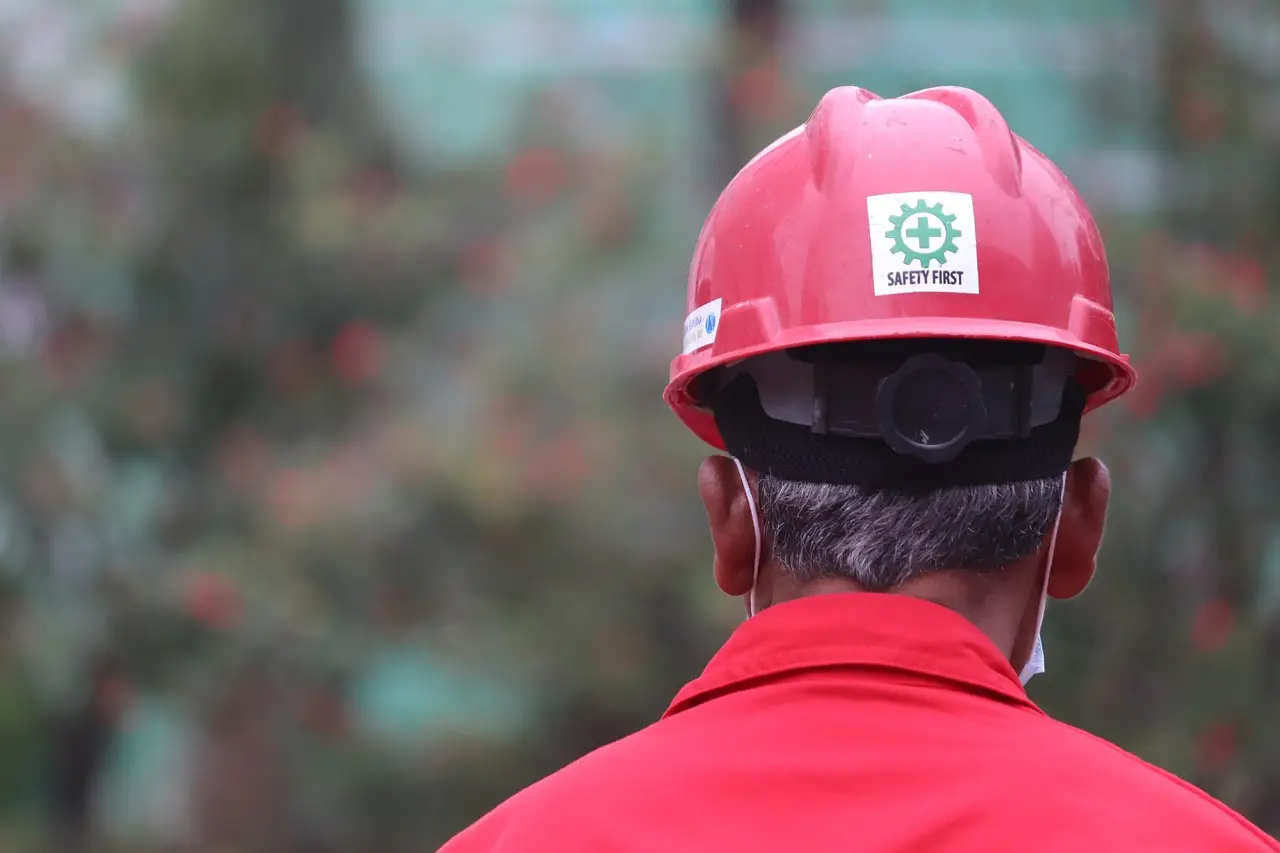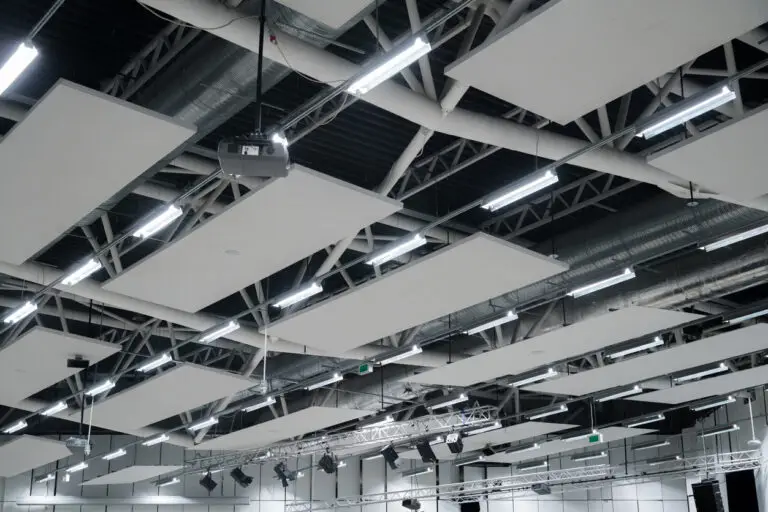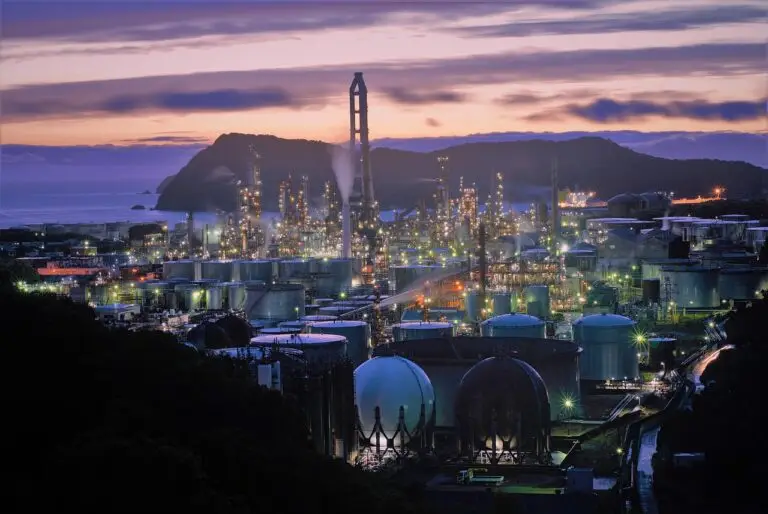
The Impact of LED Lighting on Industrial Productivity and Safety
In the commercial and industrial sectors, productivity and safety are top priorities. The environment in which employees work plays a crucial role in achieving these goals, and lighting is a key factor. Poor lighting can lead to accidents, errors, and decreased productivity, while proper lighting can enhance visibility, reduce fatigue, and improve overall efficiency. In this post, we’ll explore how LED lighting positively impacts industrial productivity and safety, making it an essential upgrade for any commercial or industrial facility.
Enhancing Visibility for Better Productivity: In industrial settings such as manufacturing plants, warehouses, and production lines, visibility is critical. Poorly lit work areas can slow down operations and increase the likelihood of mistakes. LED lighting offers bright, clear, and uniform illumination that significantly improves visibility, allowing workers to perform their tasks with greater accuracy and speed.
LED lights also have a high color rendering index (CRI), which means they can reveal colors more accurately than traditional lighting. This is particularly important in industries where color differentiation is crucial, such as quality control, assembly, and packaging. By providing true-to-life color rendering, LED lighting helps workers identify issues more quickly, reducing errors and rework.
Improving Safety with Better Lighting: Safety is a major concern in industrial environments, where the risk of accidents is often high. Insufficient lighting can lead to slips, trips, falls, and other workplace injuries. LED lighting enhances safety by providing consistent and flicker-free illumination that reduces eye strain and prevents the shadows and glare that can obscure hazards.
In addition to general lighting, LED task lighting can be used to illuminate specific work areas, machinery, and equipment. This targeted lighting ensures that workers have the visibility they need to operate safely and efficiently. LED lights can also be equipped with motion sensors to automatically illuminate areas when workers are present, further reducing the risk of accidents in frequently used but often overlooked spaces, such as stairwells, corridors, and storage areas.
Energy Efficiency and Cost Savings: Beyond the benefits of improved productivity and safety, LED lighting offers significant energy efficiency, which is crucial in large industrial facilities that operate around the clock. LEDs consume up to 75% less energy than traditional lighting solutions, resulting in substantial cost savings on electricity bills. This reduction in energy consumption also contributes to a lower carbon footprint, supporting sustainability goals.
LED lights have a longer lifespan, often lasting up to 50,000 hours or more. This durability means fewer replacements and reduced maintenance costs, leading to additional savings over time. For industrial facilities, where maintenance can be costly and disruptive, the long-lasting nature of LED lighting is a major advantage.
LED lighting is a powerful tool for improving productivity and safety in industrial environments. By enhancing visibility, reducing the risk of accidents, and offering significant energy savings, LEDs contribute to a more efficient, safe, and cost-effective workplace. As the demand for higher productivity and better safety standards continues to grow, investing in LED lighting is a smart move for any commercial or industrial facility.


